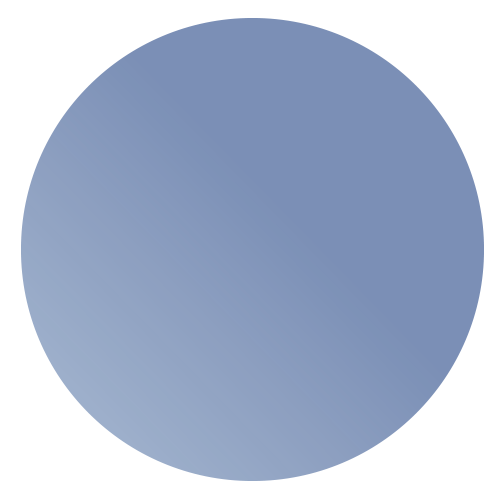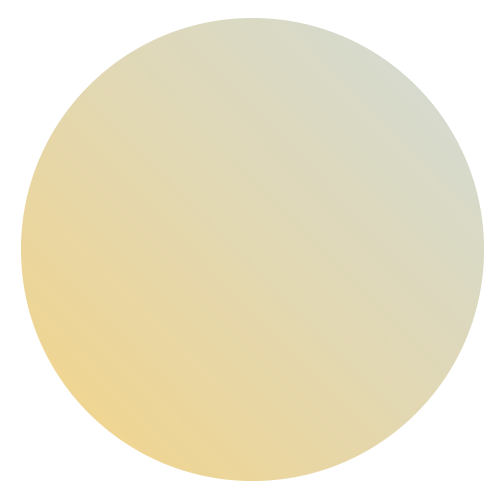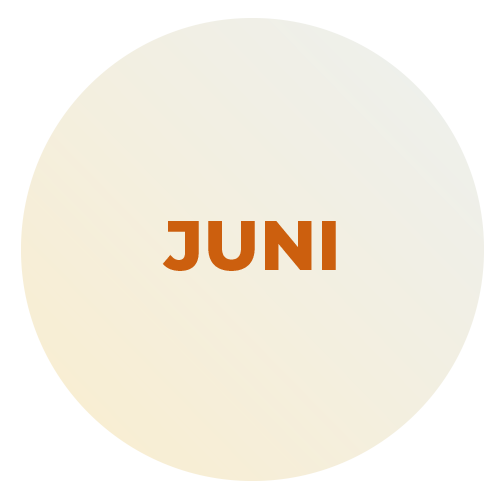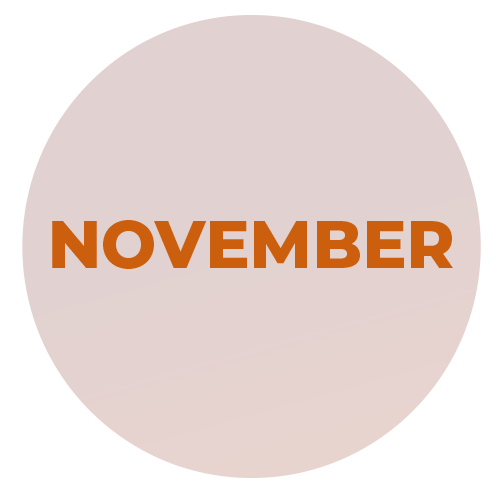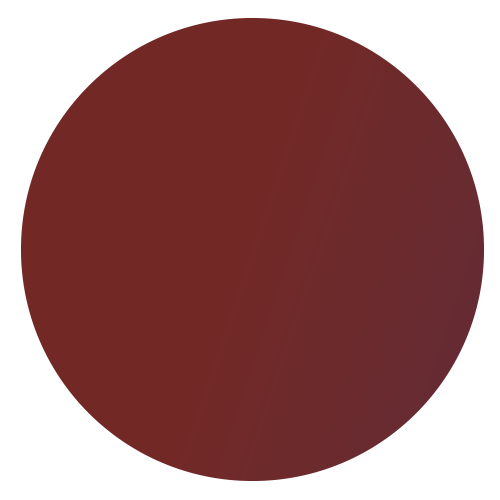Education

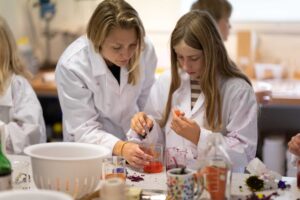
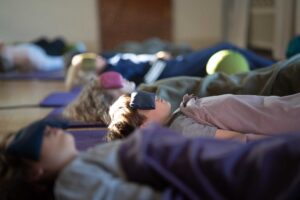
Master class with nature and presence
Plant a Seed offers a unique learning environment, where hands-on training and practical work in and with nature are combined with learning in a social practice. The driving force is desire and not duty.
At Plant a Seed we emphasize that children have ample opportunity to learn through their own experiences in a sensory environment with inspiration from the teacher. The environment is an authentic and active farm, where the students have the opportunity to accompany the people who practice their skills on site throughout the year. Along the way, the students experience how a small seed is a living organism that can transform into a wheat plant, a beetroot or a pumpkin. They learn that you cannot rush nature. They learn how to water, nourish and look after the plants with care - because only when they are given the right conditions can they grow and thrive.
Plant a Seed combines practical teaching in the principles of nature, along with practical scientific tools and skills. This is underpinned by exercises in self awareness and humanistic insights into what it means to be human and to be part of a family of communities. After a day a week course for 21 weeks, the children can harvest new seeds and more confidence in their own abilities and ideas. The long course also provides room for reflection and the building of good and secure relationships with the classmates and the adults who accompany the children.
The teaching takes place at the food producer Vibevadgaard close to Lejre town. It is a collaboration between the teachers from the participating schools and the teachers from Plant a Seed.
The pedagogical framework
The educational framework in Plant a Seed focuses on learning by practice, skilled teaching and the students' own motivation. We work on two pathways - personal inner nature and Nature itself. There is focus on forming a relationship between the two.
The goal is for children to experience early on that they can directly impact the world around them and create positive change with the mindset of sustainability and strong community. We try to nurture the children's inner motivation to look after nature and understand themselves as part of a larger community. Throughout the course, we have a special focus on the children's well-being via relationship building. The students experience what it means to collaborate, including with those they don't usually group with.
The teaching and activities are organized based on two pathways aiming to create a relationship with nature and the child's inner nature. The two intentions are woven together during the 21 weeks and are expressed through various activities during the teaching day.
On the farm, we have access to several different learning rooms: the field; the meadow and the forest form the nature setting for both cultivation, experimentation and cooking. The forest room, with stumps around the campfire, is where the teaching day always begins and ends. In the large yoga tent, students practise self awareness and relationships through play, movement and exercises inspired by yoga and mindfulness. We also have access to the farm's natural materials laboratory, which forms the framework for natural science experiments. In the laboratory, students experiment using flasks, pipettes and test tubes. The small experiments can be, for example, investigating what a berry consists of or how to extract colour from flowers.
The teaching follows the Year's Wheel – from April to October – which creates a natural framework for the activities and focuses on nature's cyclical change processes.
The teaching process in brief
A course at Plant a Seed extends over 21 weeks with a 3 hour visit each week. Along the way, the students get to work with both outer and inner nature. They grow crops in the gardens and co-create with Nature when cooking over a fire and experiment with plant colour and the micro-life of the soil. And they work to create inner calm and harmonious relationships through presence exercises around the fire and in the yoga tent. Through games and exercises inspired by mindfulness and yoga, caring relationships are built with both themselves and the class community - and this can be felt in the students' general well-being.



Outer nature
The intention with this pathway is to work with different entrypoints to connect the child with nature and then co-create with nature. This takes many forms: small exercises with soil improvement; making tea over the fire with freshly-collected wild herbs; creative pursuits with paint (the pigments created with nature's own ingredients). Finally the harvest festival is a special event, where the children transform the year's produce into a festive meal, which they share around the fire.
When we work to create a connection between children and nature, it happens, for example, through small presence exercises in the forest, when they lie down in the field and listen to the lark, or when they are busy observing the sprouts that emerge from the ground. Some activities require facilitation from the teachers, while others happen when the child is given the opportunity to explore on his own during the breaks that occur. The intention in creating this relationship is partly that we believe that experiencing nature as a free space and a safe place awakens joy in life and increases well-being, and partly to awaken a care for nature, which strengthens the child's inner motivation to take good care the nature.
Inner nature
The intention of working with the child's inner nature is to create a strong foundation for well-being. Both well-being through the child's own inner joy and peace, and well-being through the building of caring relationships and class communities. Through games and exercises with inspiration from yoga, mindfulness and meditation, the students in small groups are guided by the farm's yoga instructor. They learn to focus on their own breathing and the body's feelings, or to sit around the fire in the forest and simply be quietly present. Through the presence training, a trusting community is created among the students. They practise simple massage with each other, play through relationship exercises and learn to be unaffected by each other's presence. The starting point for the teaching is always play and movement in deep respect for the individual's abilities and limitations.
Plant a Seed - all year round
The students' work follows an annual cycle that starts in April and ends in October. The students feel what it means to work in nature during the different seasons and discover the natural processes of change in their own bodies. A regular element in the teaching are stories about "nature today", which focus on what is happening in the large ecosystem and how we can best cooperate with and take care of nature. The intention is that by directing curiosity to what is happening right around us, we will gain an understanding of how connected we are to nature. The importance of the changing of the seasons is emphasized by celebrating the transition from one season to another. They hold a summer party before the summer holidays and a harvest party to mark the end of the course.
FALL
WINTER
SOMMER
SPRING
The STEM subjects
Work with the STEM subjects is a natural and integrated element in Plant a Seed.
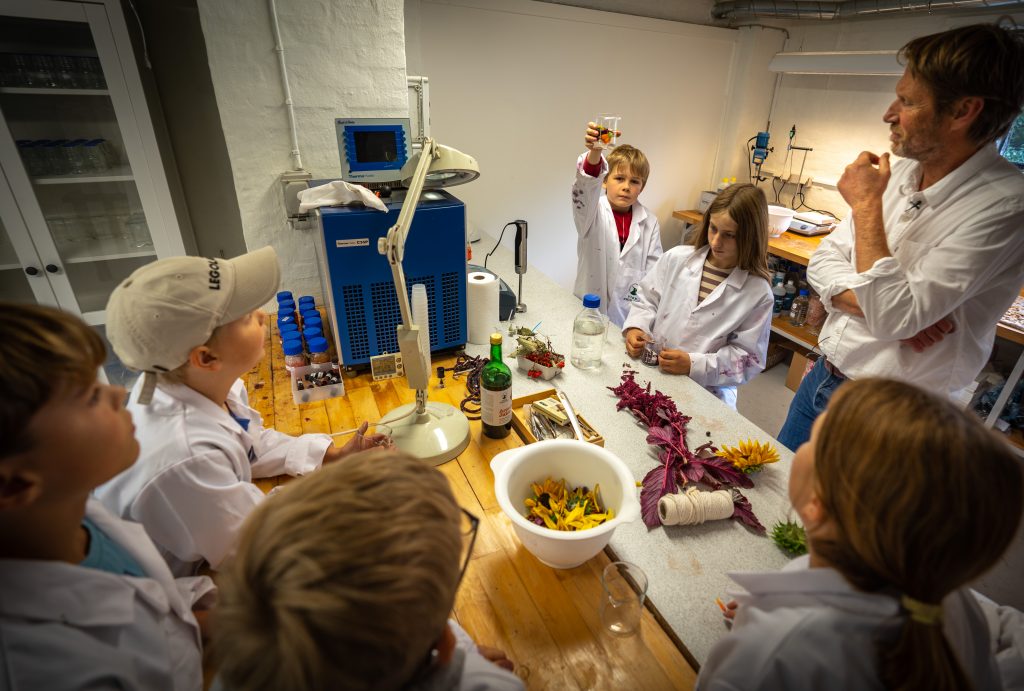
It is the students' science and engineering lessons that are used during the weekly 3-hour visit. On the farm, the theory learned in the classroom is supplemented with practical experience and testing. Here the students work with science when they have to understand what is needed to make a plant sprout, grow and mature. Further understanding is acheived about soil and micro-life through experiments with soil samples. The students also examine dead animals and make woodlouse traps.
The students work with Technology and Engineering when they extract plant substances and use them to dye string. They use Mathematics when they have to make measurements in their "fields" in the school gardens and when they have to calculate the diagonal lengths of a hilly field. They also calculate how many seeds can be planted on a given area with a certain distance between them.
In Plant a Seed, the STEM subjects are not studied in isolation. A very central point is that the STEM subjects become really strong when they are used in a larger context with subjects and insights from both the humanities and social sciences. There is focus on the connections between humans and nature and our place in the larger community.

The UN's global goals
The UN's global goals are integrated with the near and local
As a natural part of the students' work, attention will be paid to the UN's Global Goals. The idea is to integrate these goals based on the local, realistic and practical. Students put a carrot seed in the ground, care for it, harvest it and eat it in the harvest festival soup. They realise that growing crops is closely linked to seasons and conditions for growth. It is a starting point for considering larger contexts and feeling what it means to act towards an individual being important part of the future's solutions for a better climate.
Among the obvious world goals that Plant a Seed can focus on are World Goal #3 Health and well-being, #6 Clean water and sanitation, #11 Sustainable cities and local communities, #12 Responsible consumption and production, #15 Life on land and #17 Partnership for Action.

